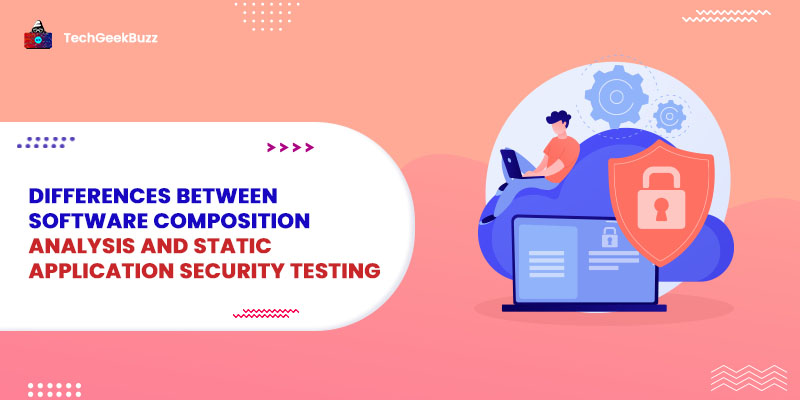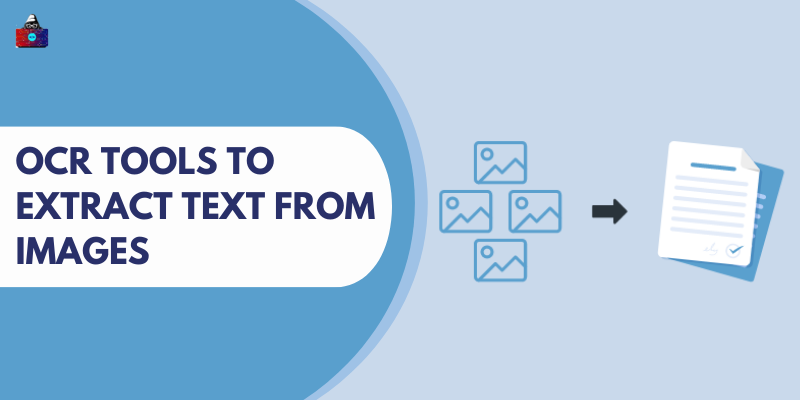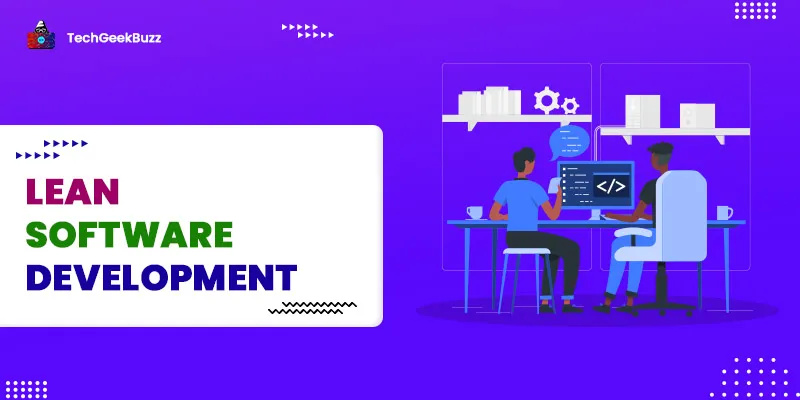Security is a more pertinent issue than ever for software applications. Attacks are on the rise, and individuals are increasingly looking to exploit various vulnerabilities. This makes it vital for organizations to pay attention to their security protocol. Software Composition Analysis and Static Application Security Testing are solutions that can help to mitigate the risks. But, how effective are they, and what are the key differences between the two? This is what many organizations are wondering.
We will discuss these differences and also look at how organizations can use these solutions together to boost their overall security profile.
Differences Between Software Composition Analysis and Static Application Security Testing
1. Open Source Usage
One reason why security concerns have increased over the past few years is due to the prevalence of open-source software. Even larger organizations have welcomed the flexibility that comes with open source. Writing fantastic software is difficult even if you have the funds and the team. It requires constant updating, and mistakes are inevitable in all parts of the process.
Companies are choosing open source because it allows them to enter the market more quickly, provides more opportunities for innovation, and because of the global community of developers that are always working on the software.
Whilst they can reap these benefits, many organizations have been ignoring the specific security concerns that can arise with open-source software. This approach can have severe consequences in the longer term, and it is vital for organizations to cover their bases.
2. Tackling Vulnerabilities
Organizations utilize a number of methods for dealing with security vulnerabilities. Hackers are becoming efficient, and it only takes minutes or days to compromise a software component successfully. In turn, it can often take weeks or months to patch a vulnerability successfully. With open source, these security risks are greater because of how accessible it is.
Open source software is freely available to all, and this means hackers are able to get detailed information and search for any exploits. Challenges can differ, and this means that organizations must employ a number of different methods in tandem.
Software Composition Analysis is a way of detecting open source vulnerabilities and patching them. Static Application Security Testing is where a source code is inspected to find potential weaknesses. Both methods have their merits and also some pertinent differences, and, we will discuss both below.
3. Benefits of Static Application Security Testing (SAST)
SAST (also referred to as ‘white box testing’) is where available source code is directly inspected for vulneranbilites. It is used early on in the development cycle, and it is fairly effective at finding common vulnerabilities and potential weaknesses. Spotting these early can be very beneficial to organizations.
The SAST provides pinpoint weaknesses, and it is able to detect them early on in the cycle, which saves costs. These weaknesses are found before the code goes live, which means they are patched before they have the potential even to become vulnerabilities.
4. Benefits of Software Composition Analysis (SCA)
SCA works by looking for open-source components in any codebase. It then maps known vulnerabilities. The basic version will collect declared information and compare it to the national vulnerability database . A more complex version makes use of binary file scanning to pick up code snippets. This data is then compared with other forms of vulnerability information to provide a full picture.
The best type of Software Composition Analysis solution provides timely alerts to give organizations the quickest notice possible. One of the key benefits of the SCA is that it can find vulnerabilities that may be missed through other methods. Additionally, it can scan an entirely open source database whilst also actively monitoring for any new known vulnerabilities.
5. Combining Both Methods
An in-depth security solution must implement both approaches in order to be robust against ever-evolving threats. SAST is perfect for highlighting potential flaws that can cause vulnerabilities, and a robust SCA provides a full picture through constant monitoring. By successfully utilizing both methods, an organization can ensure that they have a well-backed security solution that ultimately saves them money and keeps things efficient.
Ultimately, organizations should not choose one or the other. One tool is not better or more effective than the other. We recommend that you work with security vendors that can clearly understand these differences in order to provide a comprehensive security solution. Both of these methods address different types of vulnerabilities and can be applied at different stages of the product life cycle.
SAST is used before deployment, and SCA can then be used to track all of these components. Organizations can be quickly alerted, which keeps them in the loop, and also provides extra peace of mind.
6. Benefits of Better Security
Combining these security solutions can seem expensive for an organization, and this is why many tend to forgo them. However, there are many key benefits of successfully addressing security vulnerabilities. Organizations can expect improved product quality since vulnerabilities can be identified earlier in the process. Furthermore, this results in lower costs since vulnerabilities can be found and fixed at an earlier stage in the development process.
Closing Thoughts
Overall, both Static Application Security Testing and Software Composition Analysis can be used together as reliable security solutions for organizations using open-source software. But, they won’t be enough on their own to see out every threat. It is vital for all organizations to keep their software updated and be in the know for the latest security innovations.
Sadly, there remains a cold war between hackers and developers. To win, the developers and organizations must never get complacent, and they must always stay one step ahead. Implementing SAST and SCA can be the start of a well-thought-out security solution.
People are also reading:





Leave a Comment on this Post